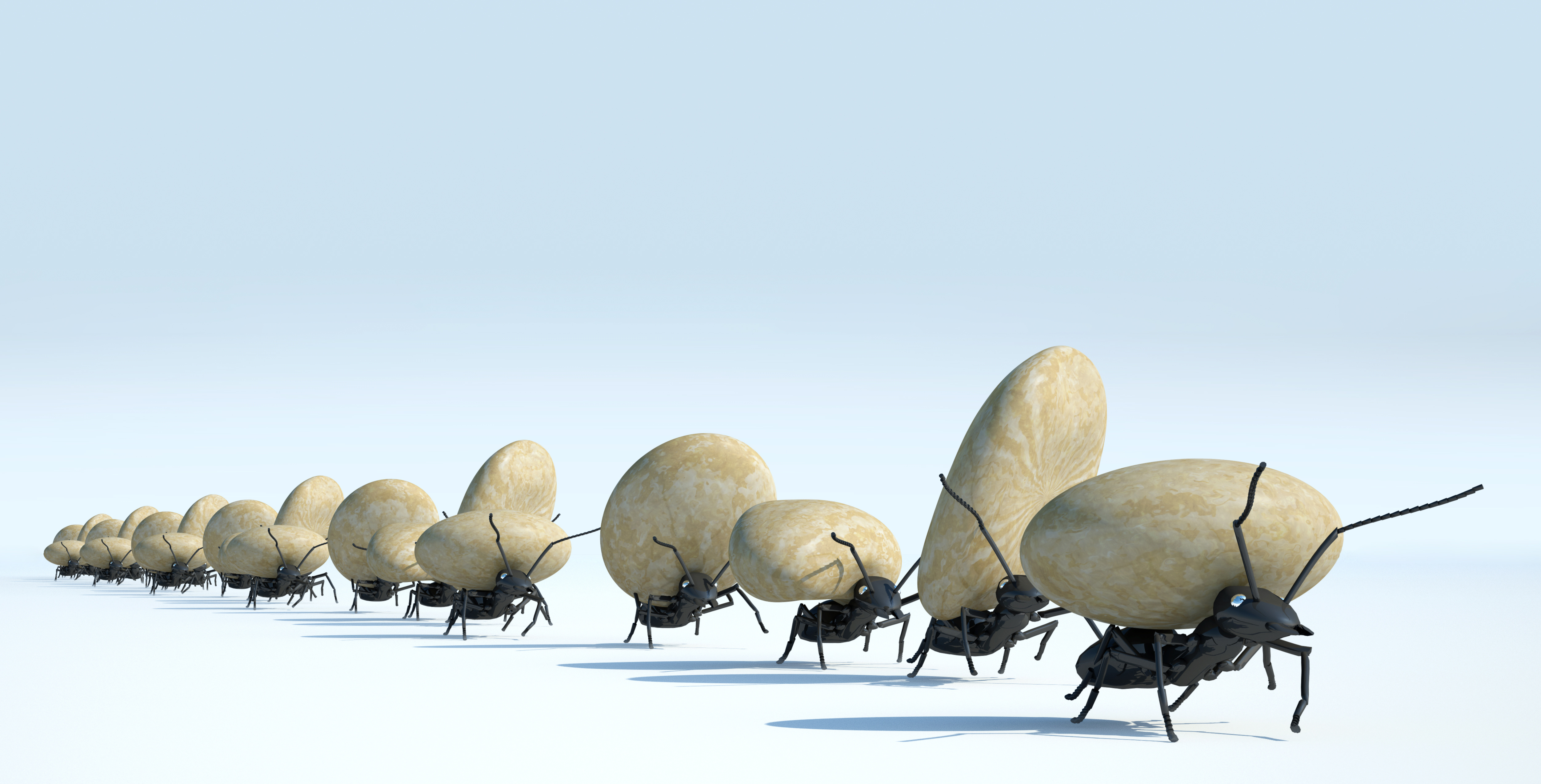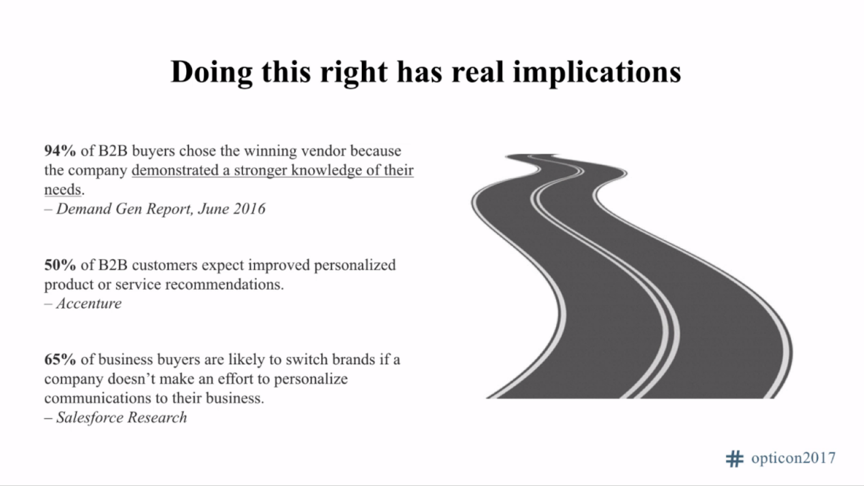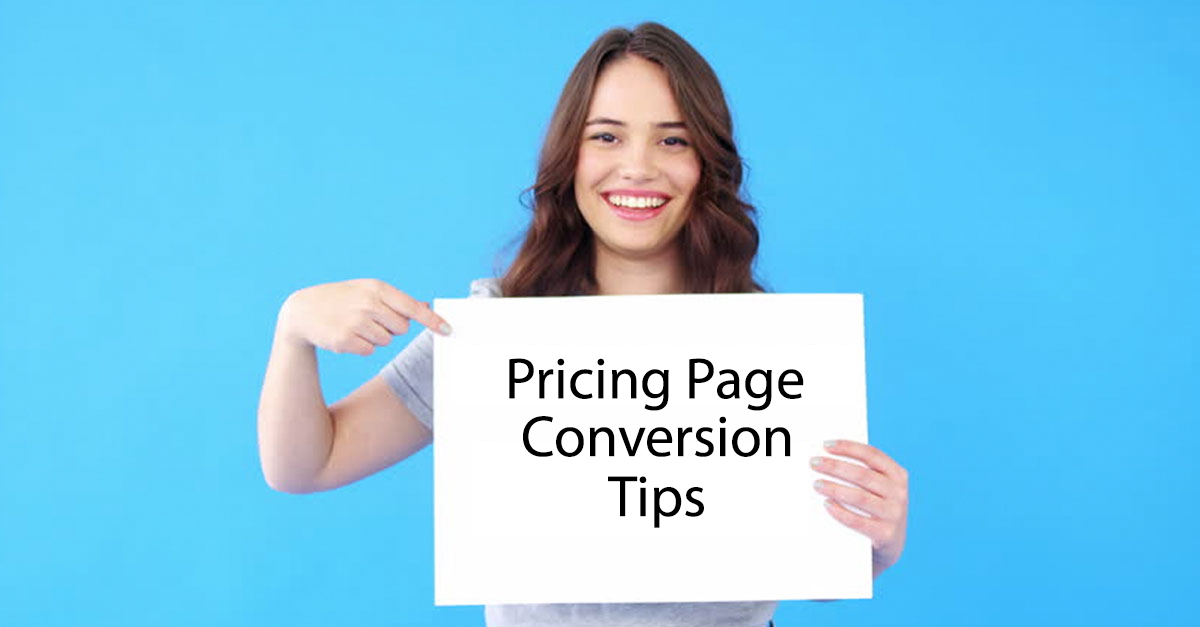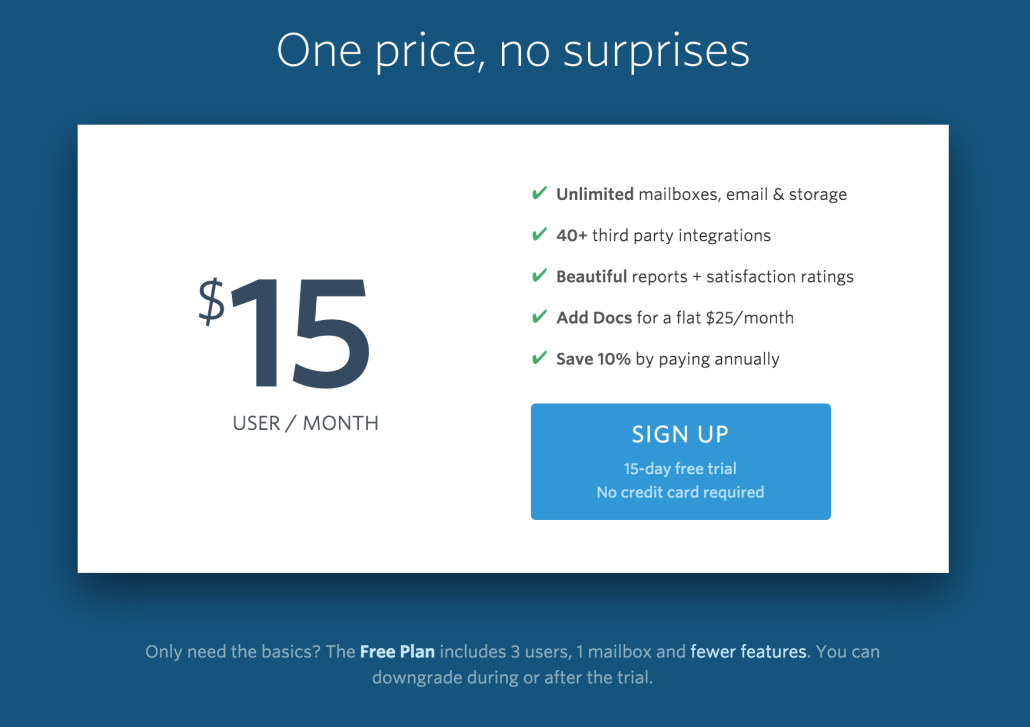A Culture of Optimization Eats Experimentation and Personalization for Breakfast
As marketers we could learn a lot from ants.
They don’t attend conferences, have multi-million dollar budgets or get pitched by the latest AI-based tech vendors. Yet over millennia they’ve figured out a radically efficient solution to an important and complex problem – how best to find food to sustain the colony.
This is no easy task. The first ant leaving the colony walks around in a random pattern. It’s likely he (foraging ants are always male) doesn’t find food, so he’ll return back to the colony exhausted. It’s not a completely wasted effort however, he (and every other ant behind him) will leave behind a pheromone trail that attracts other ants.
Over the course of time and thousands of individual ant voyages, food will (likely) be found. Ants that do find food will return immediately back to the colony. Other ants will follow this trail and, because pheromone trails evaporate over time, they’re most likely to follow the shortest, most traveled (highest density) path.
This approach ensures that the colony as a whole will find an optimal path to a food source. Pheromone evaporation also helps ensure that if the current source runs out, or a closer one is found, the colony will continue to evolve to the globally optimal solution.
It’s a classic optimization solution that maximizes a critical outcome as efficiently as possible, and one that has been studied by entomologists, computer engineers and data scientists. In the current B2B marketing environment it can illuminate where we’re spending our time and money.































